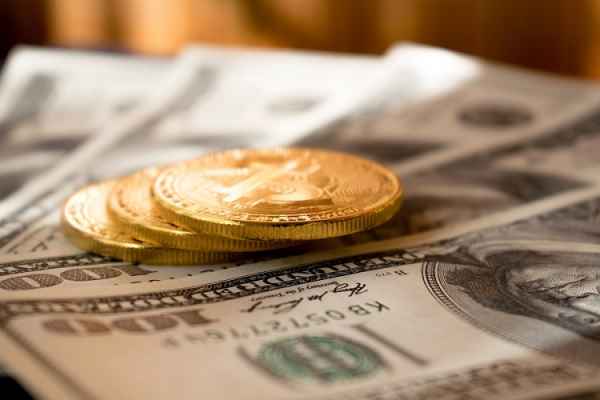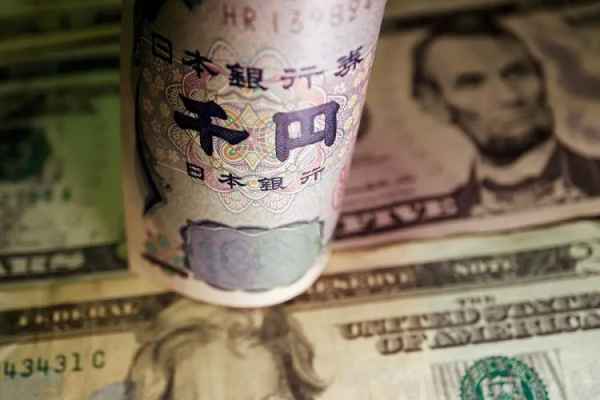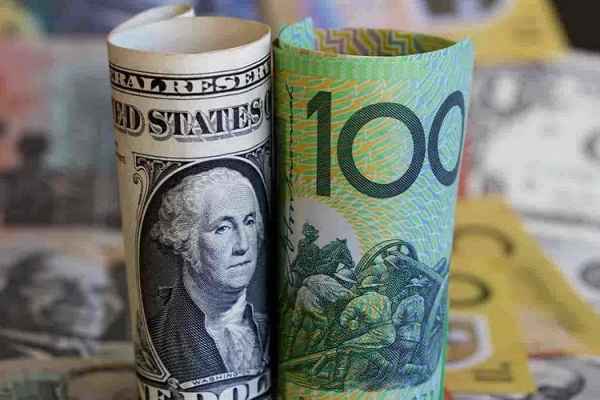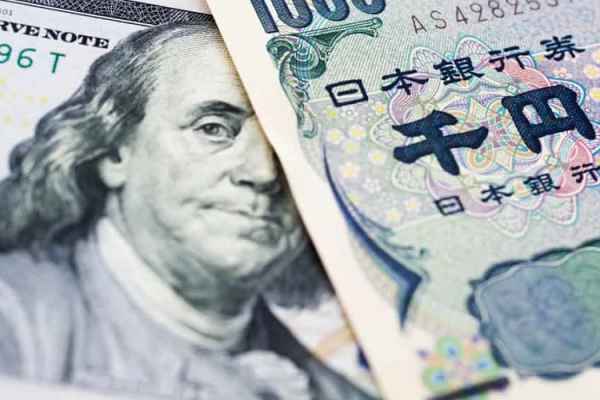The rise in US inflation far exceeded many people's expectations, triggering significant changes in the US dollar exchange rate and the Fed's interest rate expectations.
The US Dollar skyrocketed in early New York session trading on Wednesday (10/April) following the release of US inflation data that surpassed consensus estimates. The US Dollar Index (DXY) soared nearly 0.8% to 104.90 at the time of writing, while USD/JPY broke through the psychologically important threshold of 152.00 and set a record high since July 1990.
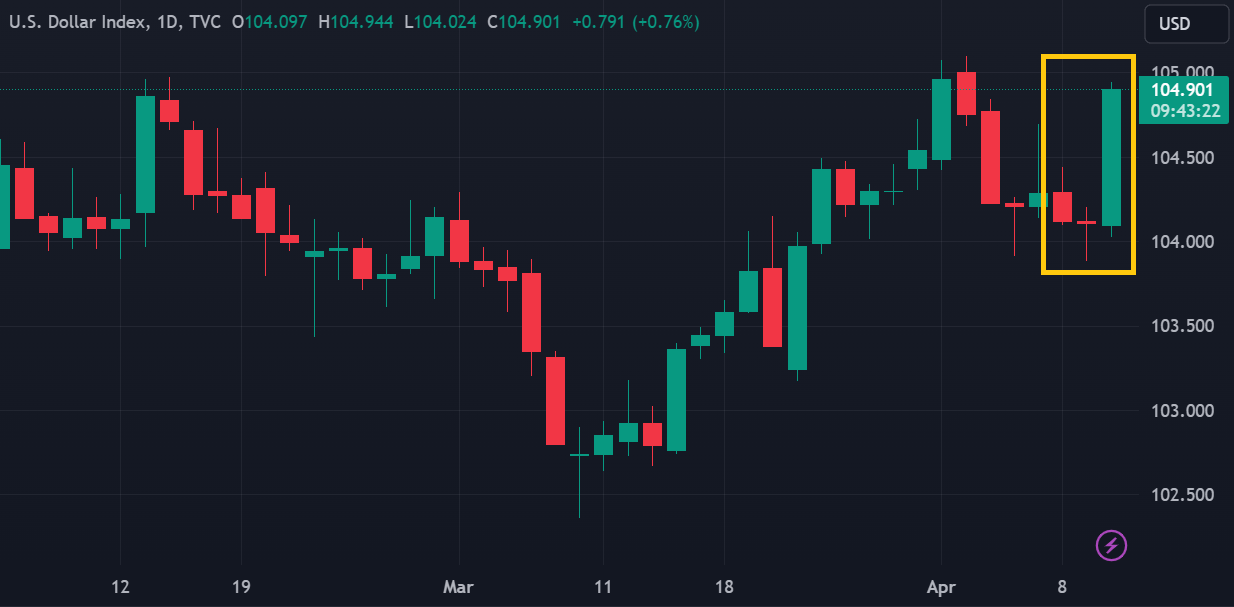
The US Bureau of Labor Statistics reported that the Consumer Price Index (CPI) for core and common goods increased by 0.4% in March 2024. The growth was exactly the same as in February and higher than the consensus estimate for the month, which pegged at 0.3%.
Annual inflation jumped from 3.2% to 3.5%, whereas the previous consensus only anticipated an increase of 3.4%. Core Inflation also stabilized at 3.8% annually, whereas the previous consensus expected a slowdown to 3.7%.
These figures further convinced the market that the Federal Reserve will not cut interest rates in June. Some market participants even doubted the probability of an interest rate cut in July. At the same time, more and more believe in the expected start of the Fed's monetary easing cycle in September.
"The market seems to have reduced the probability of a (Fed rate) cut in June significantly, and even a cut in July now seems much less likely than before the release (of this CPI inflation data)," said Knut A. Magnussen, economist at DNB Markets.
Ali Jaffery, economist at CIBC Bank, put it more starkly, "The big question for the FOMC is what is behind this rise in inflation in early 2024. Powell seems to believe that the rest of the seasonal cycle plays a big role and that still seems plausible. However, it is now very difficult to ignore the risk that strong demand in the economy keeps service prices high as consumer spending is solid and the labor market continues to strengthen. This will keep the Fed on hold (high interest rates) until the problem (inflationary pressures) subsides."
The US dollar gained strength thanks to the Fed rate cut speculation setback. USD/JPY immediately jumped around 0.5% and broke the crucial threshold at 152.00, raising many people's concerns about the risk of Japanese intervention. GBP/USD and EUR/USD plummeted around 0.8% each.
AUD/USD slumped the most, falling nearly 1.5% to its lowest level in the last five trading days. NZD/USD also fell nearly 1%, even though the Kiwi Dollar had rallied in the Asian session thanks to the RBNZ's slightly more hawkish announcement.

 Dedicated FREE FOREX VPS
Dedicated FREE FOREX VPS Free FOREX Virtual Private Server
Free FOREX Virtual Private Server MT4 Demo Contest, Get $500
MT4 Demo Contest, Get $500 Sign Up for an Account, Claim 60% Deposit Bonus
Sign Up for an Account, Claim 60% Deposit Bonus Free MT4/MT5 VPS 2024
Free MT4/MT5 VPS 2024 Send E-mail and Get Free Merchandise
Send E-mail and Get Free Merchandise $1K Refer a Friend Bonus for Pepperstone Pro clients
$1K Refer a Friend Bonus for Pepperstone Pro clients Maximize Your Earnings with 100% Deposit bonus
Maximize Your Earnings with 100% Deposit bonus Trade to Win, $5,000 Monthly Demo Contest
Trade to Win, $5,000 Monthly Demo Contest Claim 30% + 15% Deposit Bonus from LiteFinance
Claim 30% + 15% Deposit Bonus from LiteFinance


